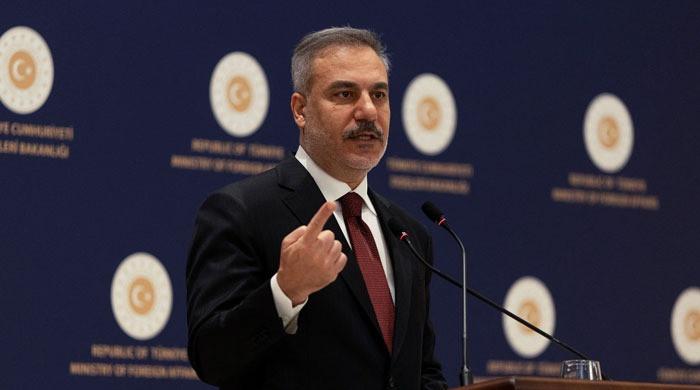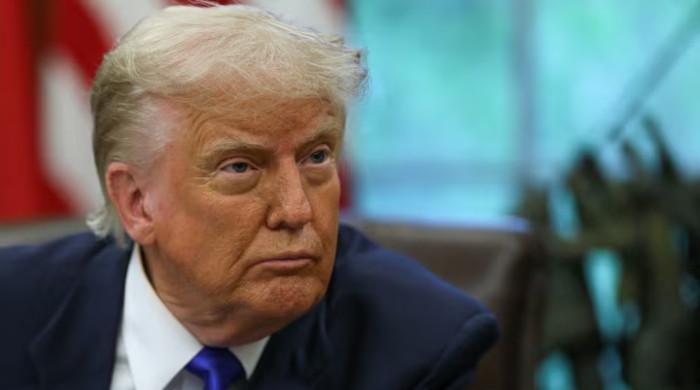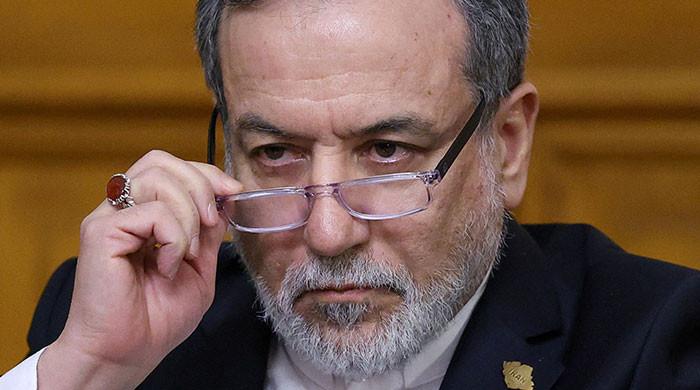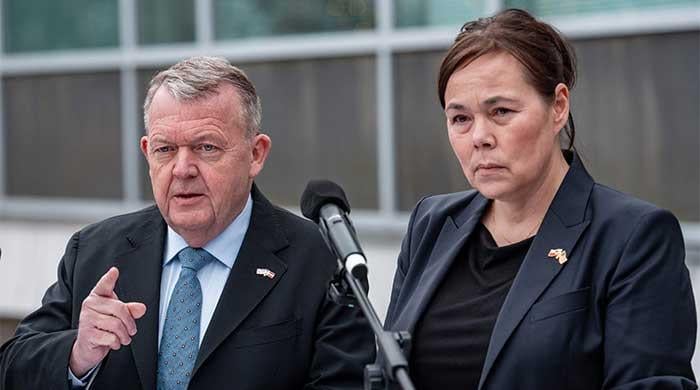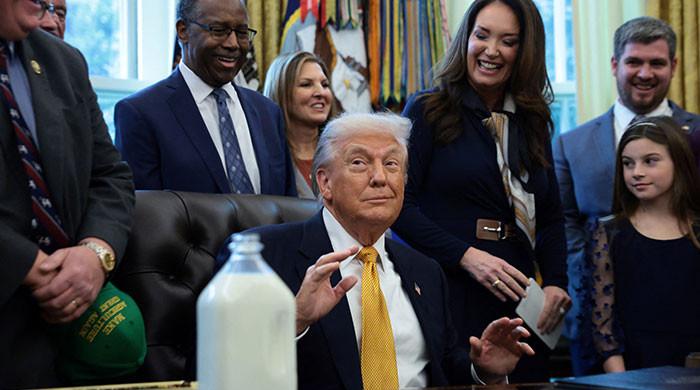China unveils white paper outlining President Xi Jinping's vision for shared future
White paper says China aspires to establish a more equitable international order that benefits all nations
September 26, 2023
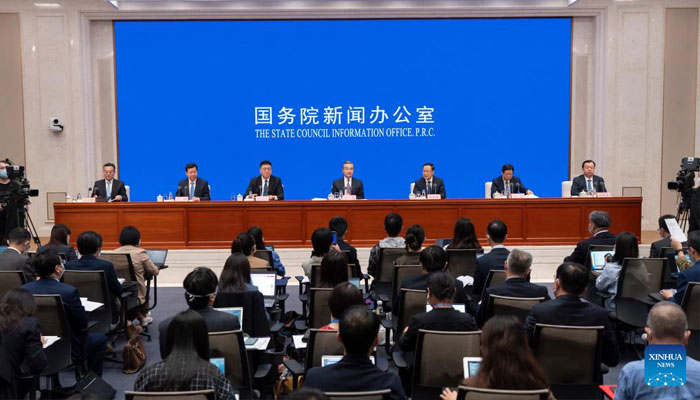
China has unveiled a white paper outlining its vision for building a global community of shared future, a concept initially proposed by President Xi Jinping in 2013.
Foreign Minister Wang Yi emphasised that President Xi's visionary idea has illuminated the correct path for the world, fostering international cooperation and consensus over the past decade.
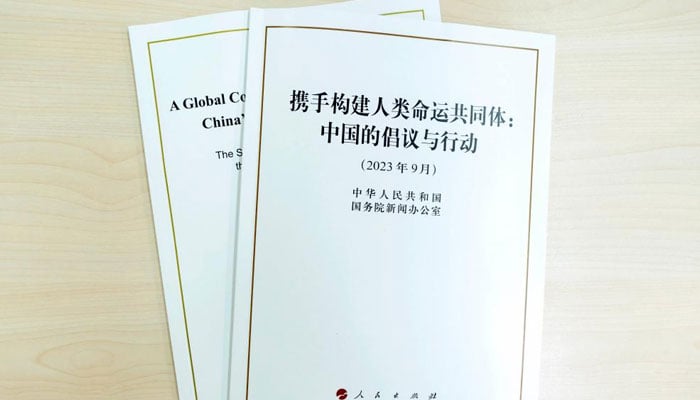
The white paper, issued by the State Council Information Office, underscores that this vision transcends traditional notions of bloc politics, "might makes right," and the limited "universal values" defined by a few Western countries.
Instead, it aspires to establish a more just and equitable international order that benefits all nations.
This visionary concept has gained global recognition and support, with its inclusion in UN General Assembly resolutions for six consecutive years and various multilateral mechanism resolutions.
It has sparked increased awareness among countries and their citizens about the importance of this vision in shaping a brighter future for humanity.
China's pursuit of this vision has led to the establishment of communities of shared future with numerous countries and regions. Initiatives like the Belt and Road Initiative (BRI) exemplify China's dedication to this concept.
The BRI's projects, such as the China-Laos Railway, have not only created economic opportunities but have also brought social benefits.
For instance, the railway project added 110,000 jobs in Laos, demonstrating the tangible impact of this vision on local communities.
China's commitment to global development cooperation is evident in its efforts to advance the UN 2030 Agenda for Sustainable Development.
By investing more resources in international development cooperation, China aims to contribute to the shared goal of creating a global community of shared future.
This commitment extends to strengthening cultural exchanges, as China has signed cooperation agreements related to culture, cultural heritage, and tourism with 157 countries.
Over the past decade, China has collaborated with countries worldwide to organise more than 500 exhibitions featuring cultural relics.
The white paper recognises that building a global community of shared futures is a long-term endeavour.
It emphasises that achieving this goal requires a sense of shared responsibility and a determination to take action.
Importantly, the paper underscores that building such a global community is contingent upon the collective efforts of all countries.
In conclusion, China's white paper articulates a visionary concept of creating a global community of shared futures that emphasises inclusivity, peace, security, and prosperity.
It underscores China's unwavering commitment to this vision through concrete actions, international cooperation, and cultural exchanges.
While acknowledging the challenges ahead, China remains resolute in pursuing this goal in partnership with all nations, reinforcing its role as a responsible global actor dedicated to a better future for humanity.





